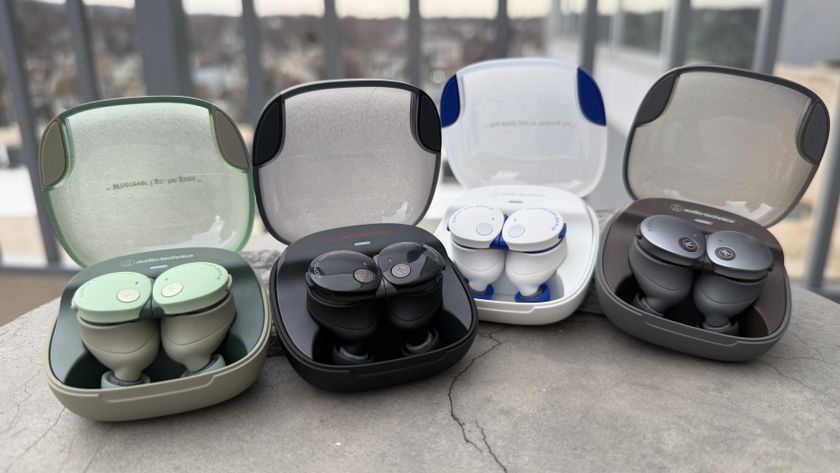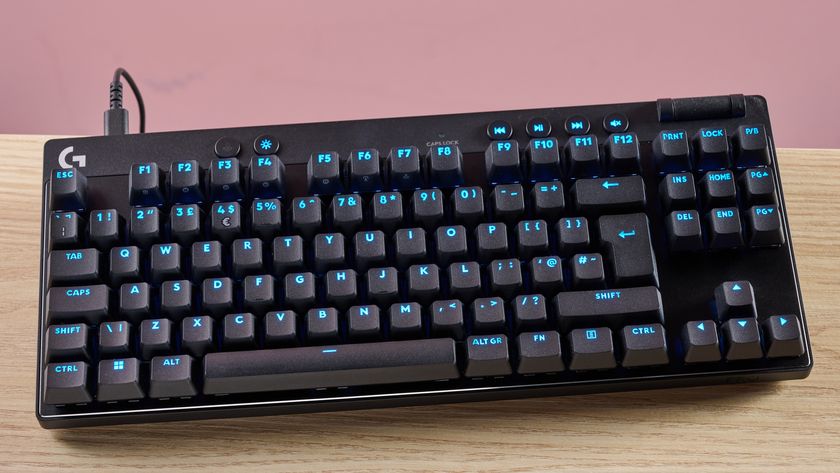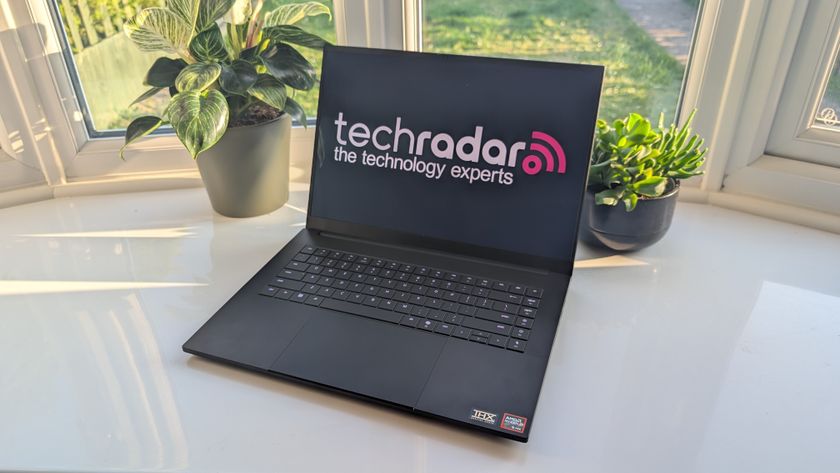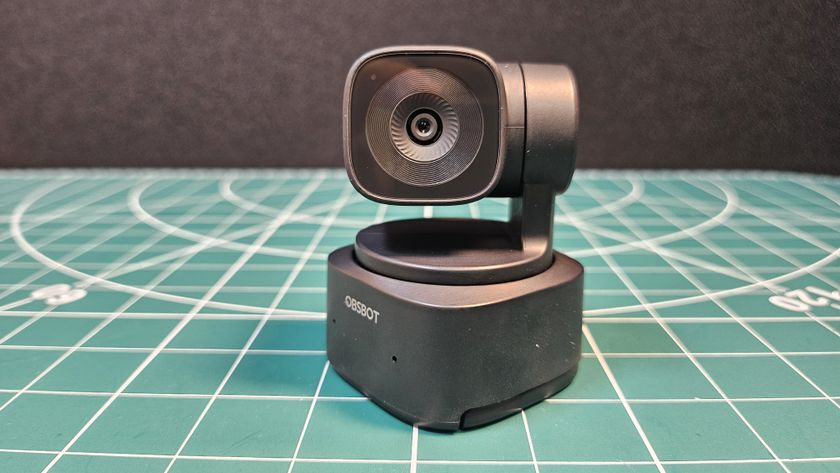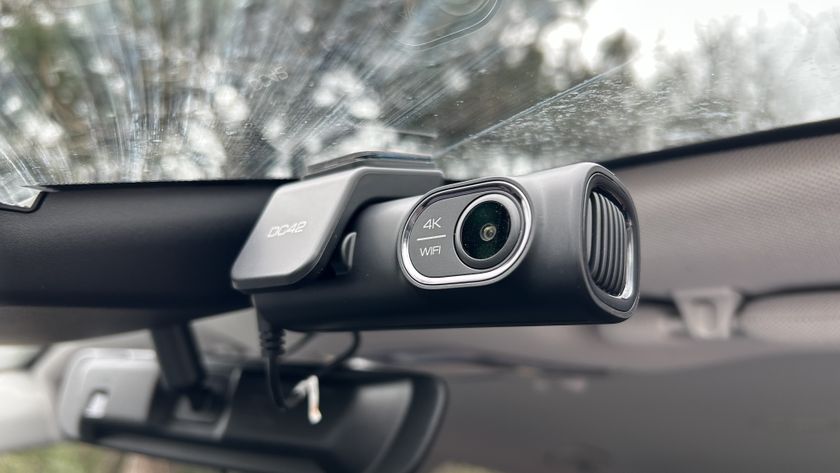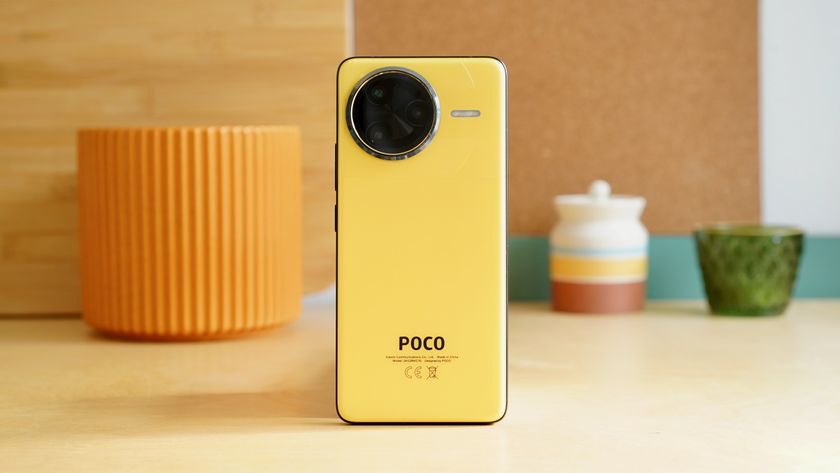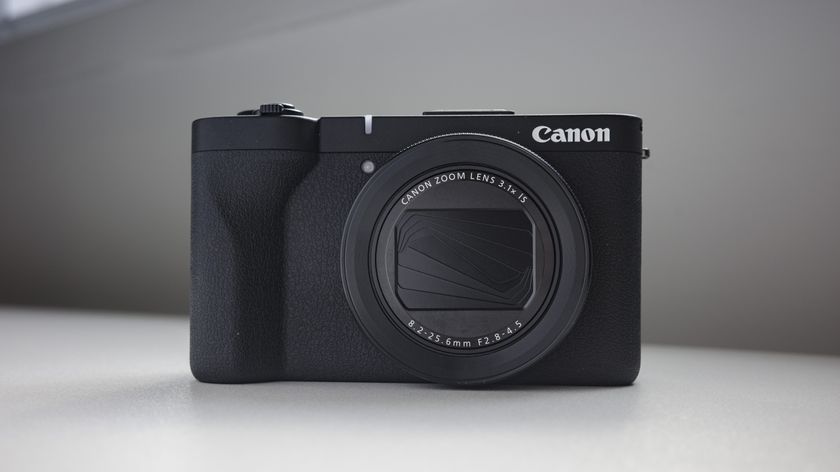TechRadar Verdict
It's a long way from perfect, but if all it does is to bring Foveon technology a step closer to mainstream use, then it should be applauded for that
Pros
- +
Image quality can be astounding
Cons
- -
Unsophisticated handling
Clumsy colour control
Noise at higher ISO settings
Why you can trust TechRadar
Sigma has gone out on a bit of a limb with the launch of its SD14 SLR and the unorthodox Foveon sensor it contains. The camera has 50 per cent more resolution than the SD9 and SD10 cameras that came before it, but it still only manages to deliver 4.7-megapixel images.
And Sigma expects us to fork out more than £1,000 for this! To understand why someone might pay this much for such a 'low-resolution' camera, you have to understand the sensor technology that underpins the SD14.
The pixels on camera sensors are sensitive only to light; they can't discern colours. To get around this shortcoming, conventional sensors employ individual pixels covered with red, green or blue filters in a regular rectangular array known as a 'Bayer' pattern.
A single pixel might only record red, but the blue and green data also needed to produce full colour information is taken from neighbouring blue and green pixels. The manufacturers call this technique 'de-mosaicing'. We might call this 'interpolation', as the image processor has to guess the colours.
De-mosaicing involves a lot of mathematical guesswork, which erodes fine detail and can introduce fringing and other pixel-level artefacts. We don't notice them much because we've got used to them and don't know any better.
The SD14's Foveon chip is totally different. Instead of a Bayer filter, the Foveon employs stacked layers that are responsive to different colours... a bit like colour film. The chip has a 'red' layer that's sensitive to red light, a 'green' layer and a 'blue' layer. Each of the 4.7 million pixels in the final image uses data supplied by the red, green and blue layers. There's no interpolation, no de-mosaicing and no guesswork involved.
The result of this different approach is an image quality with a level of clarity at a pixel level that is simply stunning. So much so that it could be a while before you notice the almost total absence of colour artefacts. Bare twigs against a bright sky are shown as perfect silhouettes, just like they are in the real world, and aren't ruined by those ghastly blue or magenta outlines.
With Foveon, the normal rules of resolution don't apply. Yes, the SD14's images may be 'only' 4.7 megapixels, but its images have such clarity and precision that you can't directly compare them to those produced by other cameras boasting more megapixels.
It's very important to understand what this Foveon sensor is capable of when evaluating this camera, because the SD14 itself is pretty ordinary. It's bulky and has a plasticky feel, though the quoted shutter life of 100,000 cycles indicates that it's solidly built. The autofocus isn't as snappy or as quiet as that of the Canon EOS 400D or Nikon D40x, say, and the camera takes a while to wake up from its 'sleep' mode, sometimes finally taking the shot the moment you give up and take the camera from your eye to see what's going on.
The 18-50mm Sigma lens that was supplied with our test camera benefited from a constant f/2.8 maximum aperture, but the focusing wasn't especially quiet, and it added a hefty £370 to the total cost. A far cheaper alternative is the 18-50mm f/3.5-5.6 Sigma-mount lens at £90.
The exposure options are pretty basic - the mode dial has just PASM markings with no scene modes available - but this could well appeal to photographers who've had enough of gimmicks and who'd prefer straightforward controls.
Software conversion
The SD14 can save images as JPEGs, but to get the best from it, you'd be better off sticking to shooting RAW files and then using the bundled Sigma Photo Pro software to convert them.
The software can adjust images, and while the colour adjustment might sound a bit arbitrary, it does produce accurate-looking colours most of the time. We did get some rather sallow-looking skin tones indoors, but a greater familiarity with using the camera and software might put that right.
The way the software balances the 'fill light', highlight and shadow is incredibly impressive.
It brings out the sensor's wider dynamic range, retaining detail in dark shadows and bright highlights long after most sensors would have given up, and yet it retains good contrast in the midtones while it does so.
It's not all good news, though. Even with an ISO setting of 400, the images begin to show a tight, hard grain and, more worryingly, in darker areas, is a faint magenta-green mottling.
Hopefully, these are just image-processing issues rather than problems with the sensor design. The fact is, under the right conditions the SD14 provides a tantalising glimpse of what tomorrow's sensor technology may deliver.
Sigma claims the 'dust protector' in the throat of the lens mount prevents dust and dirt entering the camera when you change lenses, and that any dust alighting on it will be too far away from the sensor plane to show up. Unfortunately, our SD14 had a couple of dust spots on the sensor. You can clea
the sensor by removing the dust protector, but it's quite fragile and the camera won't work properly without it, as it doubles as an IR filter.
Right now, you'd have to be quite a brave soul to buy the SD14 because of its price and handling limitations. You're also tying yourself to the exclusive Sigma mount. That said, your bravery would be repaid by images that are often of stunning quality.
Let's just hope that the more advanced Foveon sensor design can make headway in a market that's dominated by cheaper-to-make single-layer 'Bayer' sensors. We've got to stop fussing about megapixels and get back to the real world of image quality.
Via PhotoRadar
Tech.co.uk was the former name of TechRadar.com. Its staff were at the forefront of the digital publishing revolution, and spearheaded the move to bring consumer technology journalism to its natural home – online. Many of the current TechRadar staff started life a Tech.co.uk staff writer, covering everything from the emerging smartphone market to the evolving market of personal computers. Think of it as the building blocks of the TechRadar you love today.


